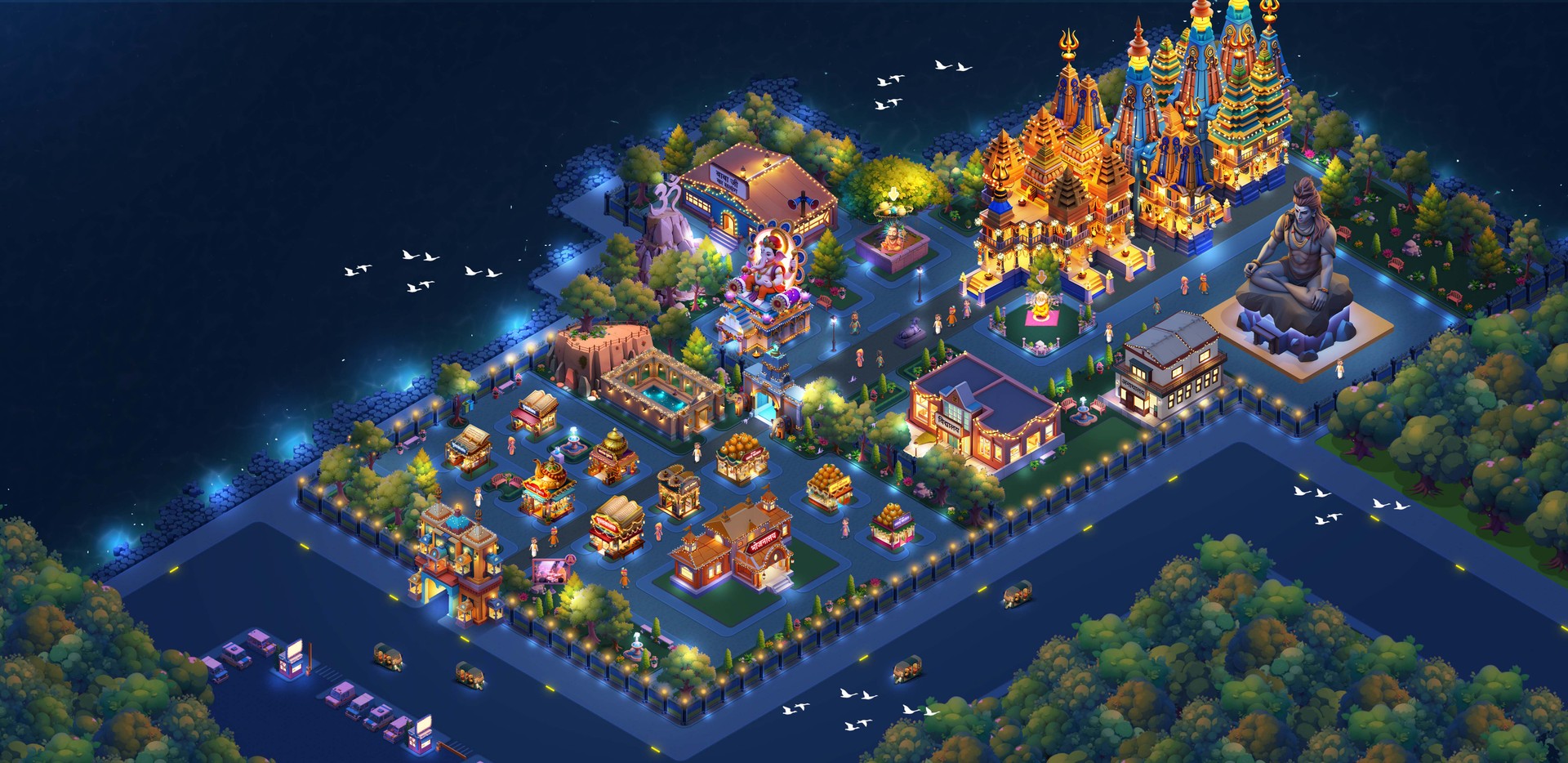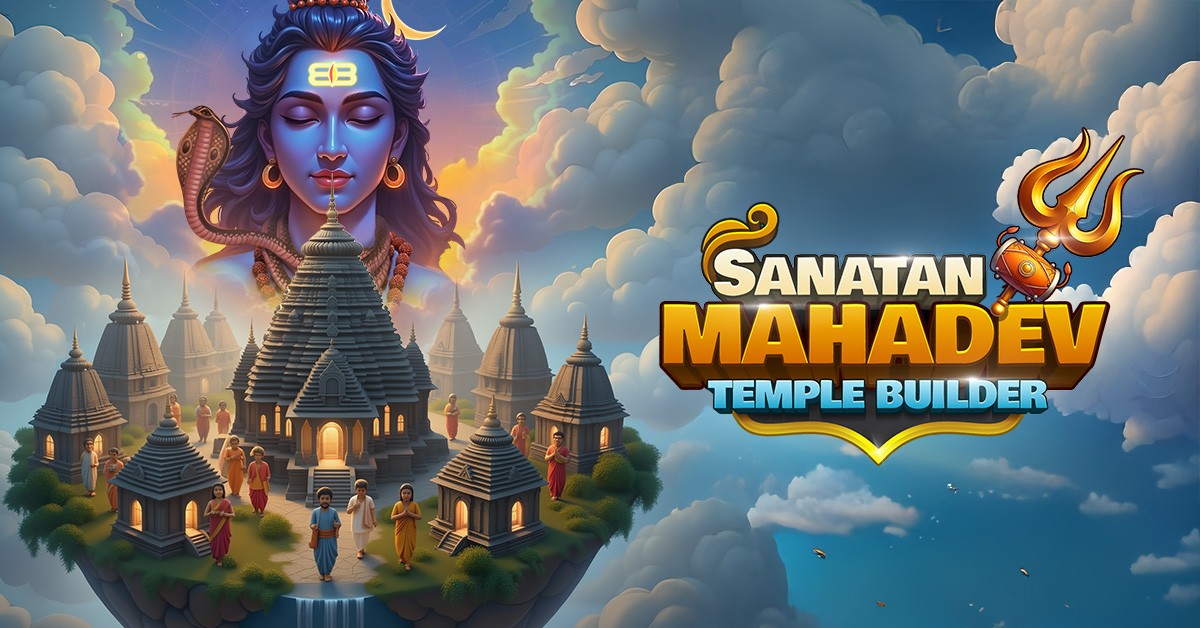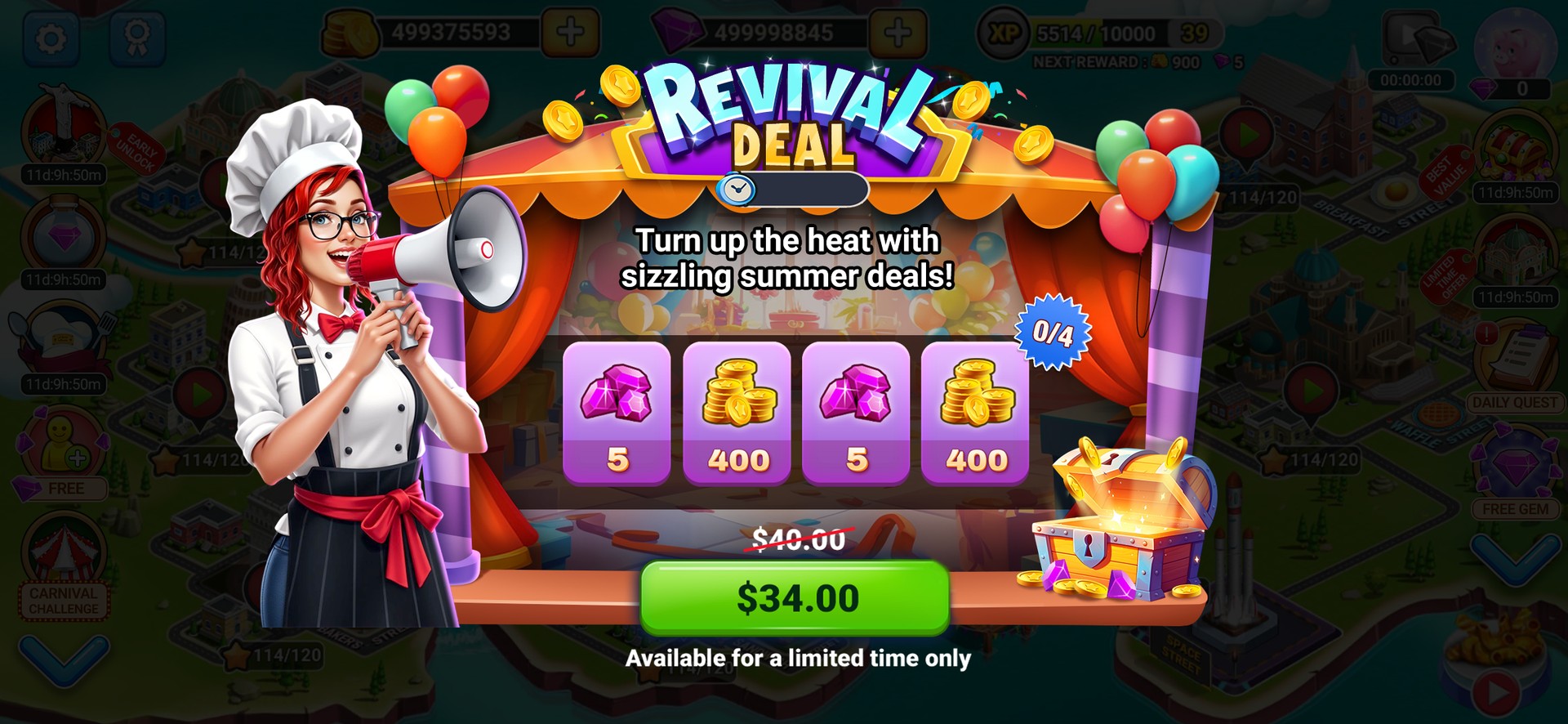Nukebox - Weeks to Hours: How Nukebox Built Their Art Engine with Scenario
Industry: Mobile Gaming
Published: November 20, 2025
Discover how Nukebox Studios transformed live-ops art with Scenario, cutting pre-production from weeks to hours.
Key Metrics
- Pre-production: Weeks to hours
- Asset Variants: Days to minutes
- Production pace: 3 months ahead of schedule
Tags: Game Development, Production Pipeline, Workflow Simplification
Introduction
In mobile games, speed and consistency shape player trust.
[Nukebox Studios](https://nukeboxstudios.com/), one of India’s leading game studios, set out to scale live-ops art and seasonal content without expanding their art team or juggling disconnected tools.
Their goal was simple: more content, faster cycles, and zero compromise on visual identity.
With [Scenario](https://app.scenario.com/), Nukebox unified sketch to render, image editing, and video generation in one workspace, compressing production from weeks to hours.
This is a new production rhythm where art direction leads and AI follows.

The Challenge: Ship More, Stay On Brand, Move Faster
Nukebox runs a fast, high-frequency pipeline across Food Truck Chef, Sanatan Mahadev Mandir, and social ad creatives.
Before Scenario, iterating on art direction could take several weeks. Teams bounced between concept tools, Photoshop, and external vendors, adding friction to every review cycle.

The Solution: One Platform, One Rhythm
Scenario became a daily driver for our artists. For Food Truck Chef, all new content, from the main character Sara to UI and live-ops, runs through Scenario.
With Scenario, Nukebox centralized all visual creation and editing. A lean team of four artists now supports two live-ops titles and a new production game, handling characters, UI, environments, and marketing content from the same hub.
Custom-trained models standardize art style across outputs, while LoRA-based refinements allow precise pose or costume updates without redrawing. For motion, Nukebox relies on Veo 3 and Kling, which handle dialogue and voiceovers naturally, especially with Indian accents and tonal nuances.
The result is a smoother, faster loop from brief to generation to review to release.

The Foundation: Sketch to Render with Gemini
For Sanatan Mahadev Mandir, Scenario powers a full sketch to render workflow. Artists train models directly on studio sketches for temples, shrines, and landscapes, without relying on external assets or references.
A single keyword prompt like *"temple"* paired with their trained model returns the correct environment style, whether platform, isometric, or cinematic, ready for use in game scenes.
The Gemini model became a favorite for its fidelity and consistency. According to the team, Gemini consistently produced near-final renders in just 1 or 2 tries, compared to 5 or more with previous tools. It also helped avoid the overly smooth or "plastic" look of earlier models, preserving the handcrafted feel of Nukebox’s art direction.

The Production Loop: Live-Ops, Variants, and Video
What once took 5 days to create a single character or costume now gives us 10 options in minutes.
Live-ops cycles now move at game speed. Seasonal costumes, poses, icons, and promotional art all go from concept to approval the same day.
Using Scenario’s editing tools and LoRAs, the artists can iterate rapidly without redoing base assets.
For video, Veo 3 and Kling enable cinematic motion sequences with natural pacing and culturally relevant voiceovers, such as temple transformation scenes or short event trailers for Food Truck Chef.
Results and Capacity Gains
Pre-production that used to take 3 or 4 weeks now takes a couple of hours to reach a clear go or no-go.
Art direction decisions that once dragged across weeks now take hours. Variant generation that required five days now happens instantly. The art team, once 20 people, has condensed to a core of 4, managing the entire visual pipeline for two live-ops titles and one upcoming game.
They are now 3 months ahead of other departments, a direct reflection of Scenario’s acceleration.

Impact at a Glance
- **Pre-production:** 3 to 4 weeks → a few hours - **Variants:** 5 days for 1 → now minutes for 10+ - **Team size:** around 20 artists → 4-artist core managing 3 pipelines - **Output pace:** art team delivers about 3 months ahead of schedule - **Adoption:** daily use for image, video, and live-ops, with plans to expand into context-based training
Team leads
The people behind it all: - Anil Kumar, Art Director - Nukebox Studios - Sameer Sagar Puthran, Senior Game Producer - Nukebox Studios
Conclusion
Nukebox’s transformation shows how even a compact creative team can outperform scale. With Scenario, their artists direct the vision while automation handles the heavy lifting - from sketch to render, idea to ad, all within hours.
From handcrafted temples to global cooking games, Scenario became their art engine, blending cultural depth with production speed.
Ready to build your own projects at scale? [Explore Scenario for Teams](https://www.scenario.com/)